Exploring the Benefits of Laminated Aluminium Foil Packaging for Food Preservation
Laminated aluminium foil packaging has emerged as a pivotal innovation in food preservation, revolutionizing the industry through its unique properties and benefits. According to a report by Research and Markets, the global market for flexible packaging, including laminated aluminium foil, is projected to reach $300 billion by 2026, driven by increasing demand for packaged foods and beverages. The ability of laminated aluminium foil to provide an effective barrier against moisture, light, and oxygen makes it an ideal choice for extending the shelf life of perishable products, thus reducing food waste—a critical issue given that approximately one-third of all food produced globally ends up wasted, according to the Food and Agriculture Organization (FAO).
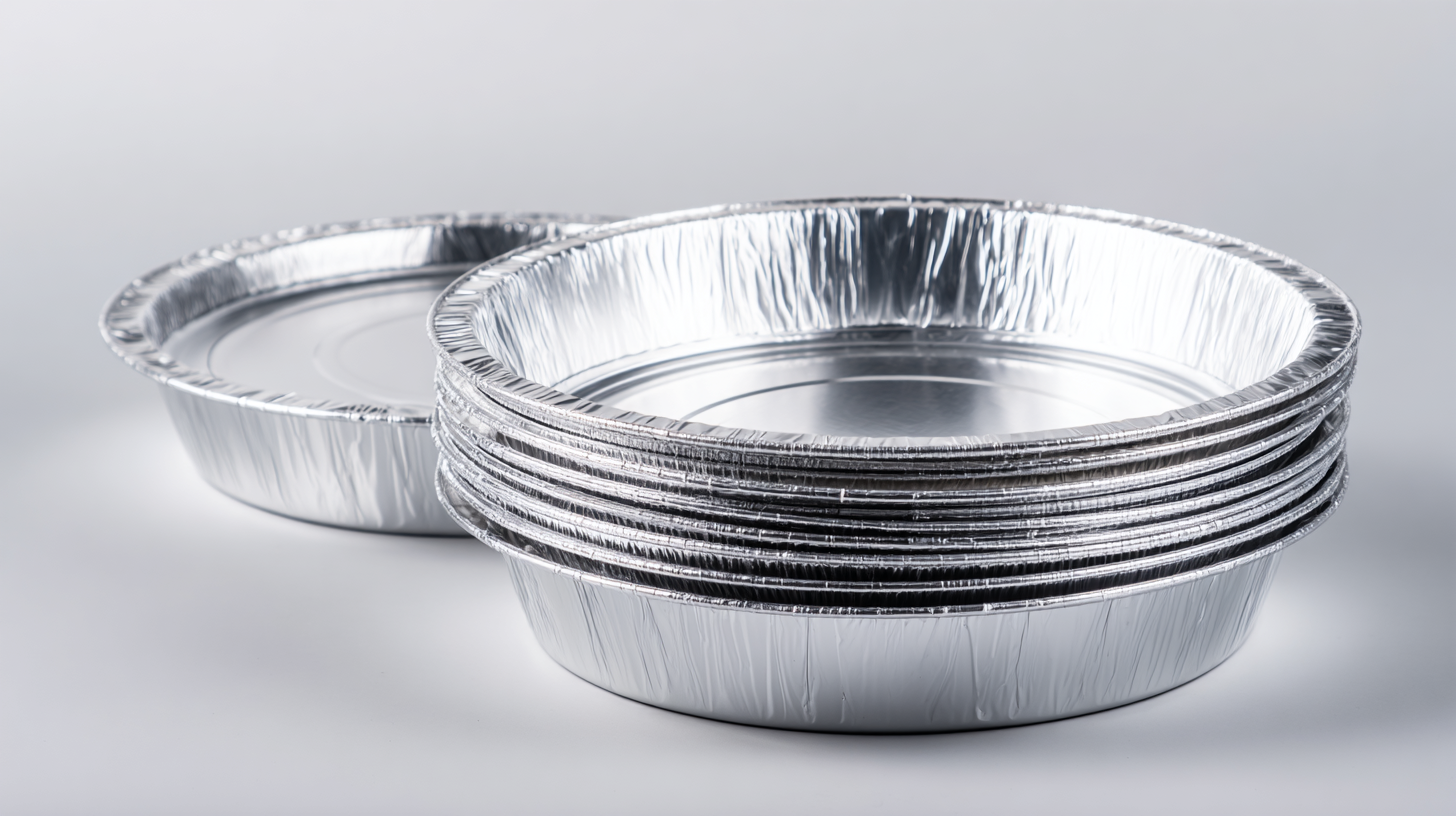
Furthermore, recent studies indicate that laminated aluminium foil packaging not only enhances food safety by minimizing contamination risks but also plays a significant role in maintaining the nutritional value and flavor of food items. As consumers become more health-conscious, the appeal of manufacturers adopting advanced packaging solutions is clear. In addition, the lightweight and versatile nature of laminated aluminium foils contributes to reduced transportation costs and environmental impact, aligning with the growing trend towards sustainability in packaging practices. This article delves into the top ten benefits of laminated aluminium foil packaging, illustrating why it is an essential component in the future of food preservation.
Advantages of Laminated Aluminium Foil in Extending Food Shelf Life
Laminated aluminium foil packaging has gained significant attention in the food industry due to its remarkable ability to extend the shelf life of various food products. One of the primary advantages of this material is its excellent barrier properties. The multiple layers of aluminium foil combined with other materials effectively block moisture, light, and oxygen, which are the primary factors that lead to food spoilage. By preventing these external elements from compromising the integrity of the food, laminated aluminium foil ensures that products remain fresh for a longer period.
In addition to its protective capabilities, laminated aluminium foil packaging is lightweight and versatile, making it suitable for a wide range of applications, from snacks to perishable items. The convenience of this packaging type not only enhances product longevity but also offers ease of handling and transportation. Furthermore, the ability to customize sizes and shapes allows for better storage solutions and optimizes shelf space in both retail and home environments. This adaptability, coupled with its barrier performance, makes laminated aluminium foil an invaluable asset in the quest to maintain food quality and safety over time.
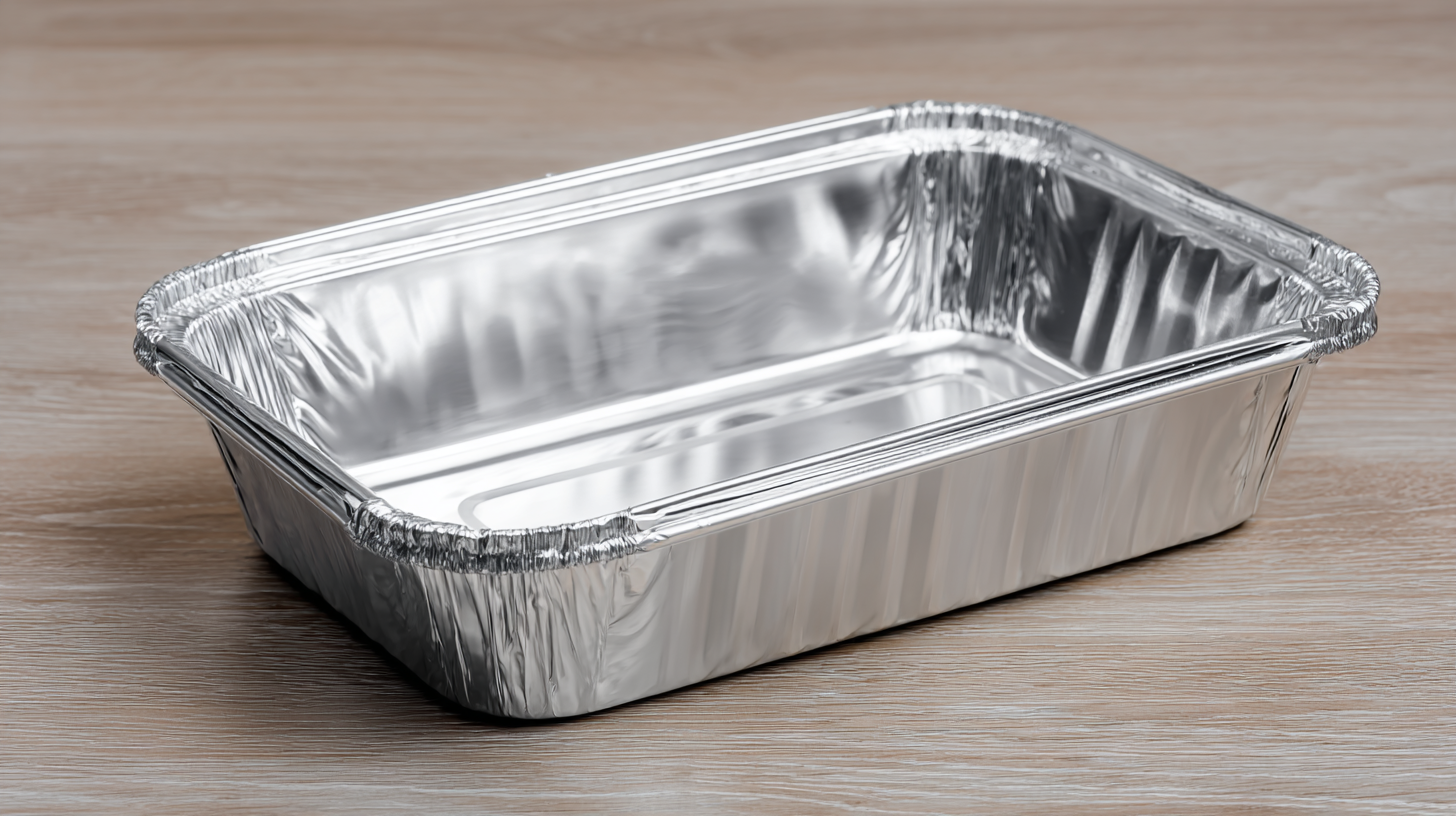
Impact of Barrier Properties on Food Quality Preservation
Laminated aluminium foil packaging has emerged as a significant innovation in food preservation, particularly due to its superior barrier properties that directly influence the quality and longevity of packed food. The multilayer design effectively prevents the transmission of moisture, gases, and light, which are critical factors that contribute to spoilage and degradation of food products. Recent studies highlight that when combined with biodegradable materials, such as natural biopolymers, these barriers not only extend shelf life but also align with sustainable packaging practices.
The impact of barrier properties on food quality preservation cannot be overstated. For example, research into packaging for military rations emphasizes the necessity for long-term stability in extreme conditions, demonstrating how aluminium foil's superior moisture resistance helps maintain nutritional value and flavor integrity. Furthermore, the incorporation of functional additives like gallic acid in biodegradable films has been shown to enhance antioxidant and antibacterial properties, adding another layer of protection against spoilage. This underscores the advantage of using laminated aluminium foil in enhancing the efficacy of food packaging, ensuring both safety and extended shelf life.
Exploring the Benefits of Laminated Aluminium Foil Packaging for Food Preservation - Impact of Barrier Properties on Food Quality Preservation
| Food Item | Laminated Aluminium Foil Usage (%) | Shelf Life Extension (Days) | Reduction in Oxygen Permeability (cm³/m²/day) | Impact on Flavor Quality (Scale 1-10) |
|---|---|---|---|---|
| Cheese | 85% | 30 | 0.5 | 9 |
| Coffee | 90% | 150 | 0.3 | 10 |
| Dried Fruits | 75% | 60 | 0.4 | 8 |
| Snacks | 80% | 45 | 0.6 | 7 |
| Meat Products | 95% | 120 | 0.2 | 9 |
Cost-Effectiveness of Laminated Aluminium Foil Packaging Solutions
Laminated aluminium foil packaging has emerged as a cost-effective solution for food preservation, offering numerous advantages that cater to both manufacturers and consumers. According to a recent report by Smithers Pira, the global market for flexible packaging is projected to reach USD 250 billion by 2027, with aluminium foil being a significant component due to its barrier properties. These properties ensure that the food remains fresh for longer periods, reducing spoilage and waste, which translates into savings for consumers and businesses alike.
In addition to its preservation benefits, the cost-effectiveness of laminated aluminium foil extends to its production and recycling. A study by the Aluminium Foil Association reveals that the lightweight nature of aluminium allows for reduced transportation costs, contributing to lower overall expenses in supply chains. Additionally, the recycling rate for aluminium is over 75%, further enhancing its sustainability and economic viability. This makes it an attractive choice for food packagers looking to optimize their costs while maintaining product integrity and appealing to environmentally conscious consumers.
Environmental Considerations in Aluminium Foil Packaging
The increasing concern over environmental sustainability has brought laminated aluminum foil packaging into the spotlight, especially regarding food preservation. With the rising awareness of plastic pollution, particularly in the food delivery sector, aluminum foil packaging is emerging as a viable alternative. As highlighted in recent reports, such as the one addressing the consequences of "takeout fever" and plastic waste, aluminum foil containers not only ensure food safety but also offer a more sustainable packaging option when compared to non-biodegradable plastics.
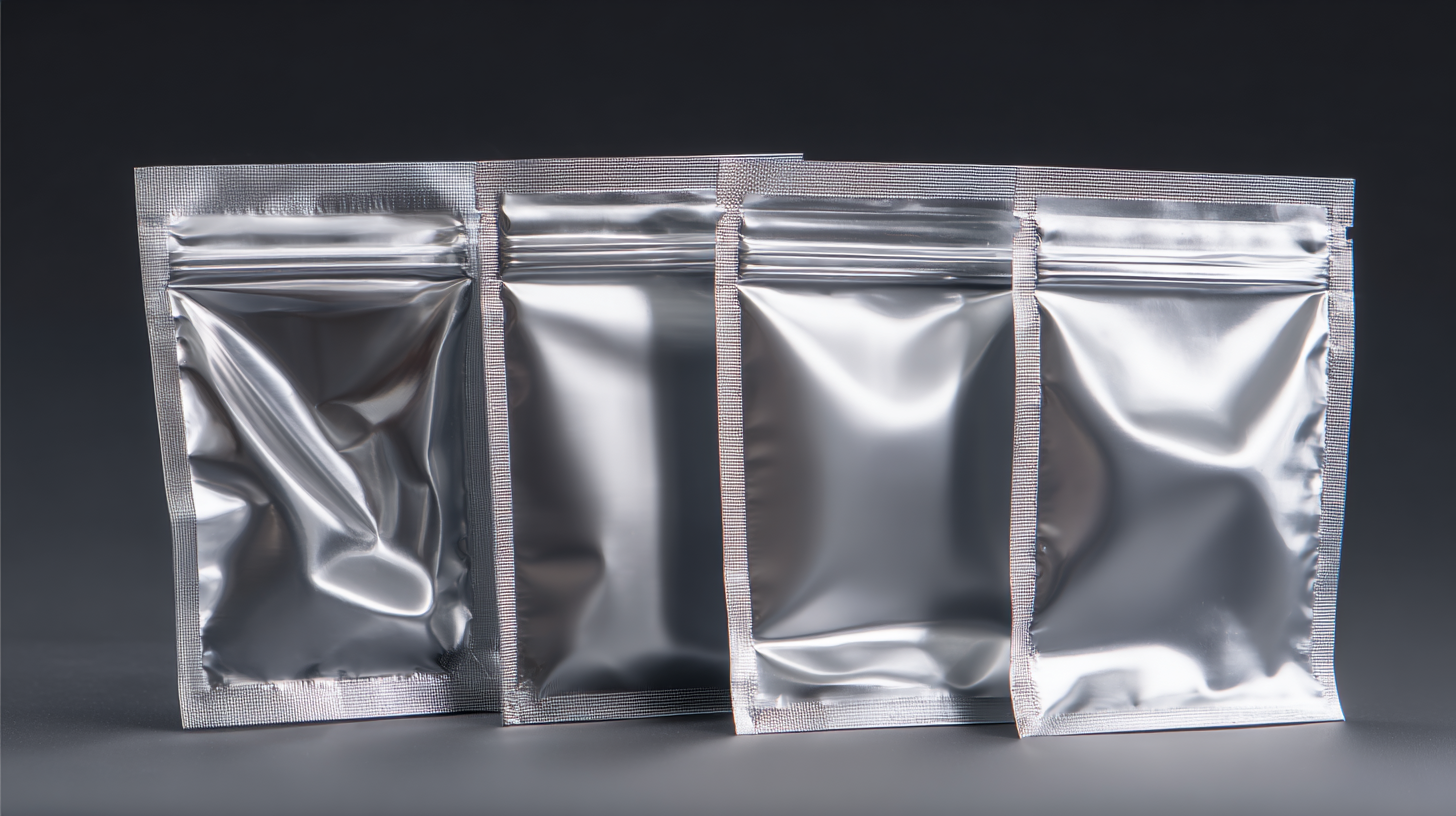
According to industry forecasts, the global aluminum foil packaging market is projected to expand significantly, with an estimated market size of $145.4 billion in 2024, potentially growing to $222.4 billion by 2032, reflecting an annual growth rate of 5.45%. This shift indicates a growing preference for materials that can be recycled effectively. Aluminum foil packaging can be classified and easily recycled, further supporting environmental initiatives. Moreover, unlike general waste, used aluminum foil is recognized as a recyclable resource, encouraging responsible disposal and reuse, which is crucial as various regions grapple with excessive packaging waste, particularly evident in countries leading in consumer waste generation.
Innovative Applications of Laminated Foil in the Food Industry
Laminated aluminium foil packaging is revolutionizing the food industry with its innovative applications that significantly enhance food preservation. This multi-layer packaging technology combines aluminium foil with various substrates, creating an effective barrier against light, moisture, and air. As a result, products remain fresh for extended periods, which is particularly beneficial for perishable items such as dairy, meats, and ready-to-eat meals. The ability to maintain optimal quality without the need for added preservatives is a major selling point that appeals to health-conscious consumers.
Moreover, the versatility of laminated aluminium foil allows for customized designs, making it an attractive option for branding and marketing in the food sector. Companies can incorporate eye-catching graphics and tailored sizes that cater to different food types, enhancing both visibility and convenience. Furthermore, this type of packaging is lightweight yet durable, reducing transportation costs and environmental impact. The combination of these factors not only preserves food more effectively but also supports sustainability efforts within the industry, making laminated aluminium foil packaging an innovative solution for modern food distribution.
Related Posts
-

Discover the Benefits of Using 250 ml Foil Containers for Food Storage and Meal Prep
-
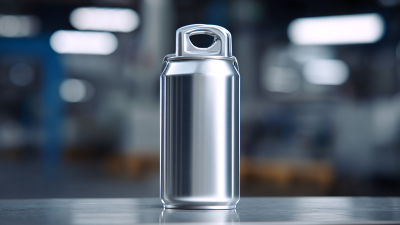
The Sustainable Future of Aluminium Spout Pouches in Packaging Innovation
-
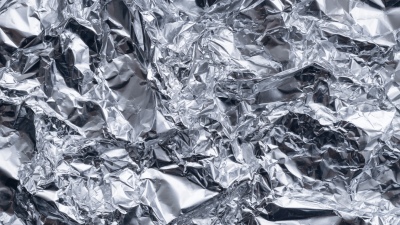
Understanding the Benefits of Using Aluminum Foil for Food Preservation and Packaging
-
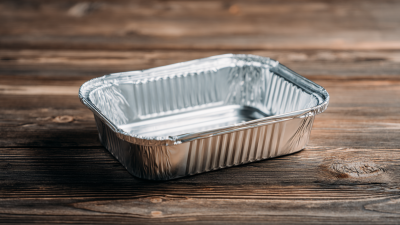
Unlocking the Benefits of Aluminium Container Foil: Eco-Friendly Solutions for Everyday Use
-
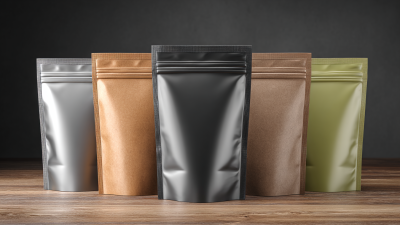
Top Benefits of Using Aluminium Stand Up Pouches for Sustainable Packaging Solutions
-
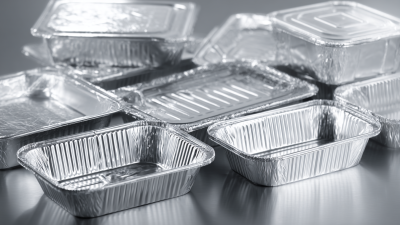
How Aluminium Packaging for Food Enhances Freshness and Reduces Waste: An In-Depth Look
